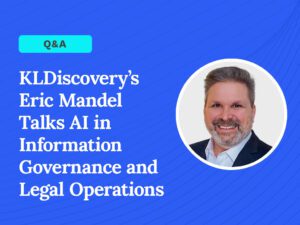What To Do Now About Pending Climate-Change Disclosure Rules
April 26, 2022

The SEC requirement for company information related to climate change is still at the proposal stage, and we likely won’t see a final rule until late this year. Normally, says Morrison & Foerster partner David Lynn, in an article in Corporate Secretary, it’s not advisable to dedicate compliance resources where rules haven’t yet been finalized, but this is an exception. These requirements, according to Lynn, are so complex and wide-ranging it makes sense to start now to gather the kind of information that will be needed. To do that, he lays out a recommended five-step process. Step 1 is designated as “take an inventory,” i.e., see what you have already have.
Many companies, he notes, have already compiled greenhouse gas emissions information as stipulated in the proposed rule. That is, information about both direct and indirect GHG emissions, which are designated as Scope 1 and Scope 2. Scope 2 category refers to emissions from upstream and downstream activity. Both will be subject to external verification by a third-party provider. (There is also a Scope 3 category which would become part of the requirement under some circumstances.) For these disclosures, writes Lynn, companies may have all or part of the information in hand, as compiled for other communications, e.g., with The Task Force on Climate-Related Financial Disclosures (TCFD), under the Financial Stability Board. In short, he advises, don’t start from scratch if you don’t have to.
Step 2 in this scenario involves creating a “map,” i.e., a systematic representation of all the disclosures, including voluntary ones, made previously, and mapping them to the proposed SEC requirements, to see where additional work is going to be required.
Step 3 involves revisiting previously stated goals and targets, and steps 4 and 5 include making an overall assessment and evaluation of the company’s governance oversight of climate-related risks, including how these processes can be improved, the pending required changes in financial statements, and how those in turn might impact future audits.
Daily Updates
Sign up for our free daily newsletter for the latest news and business legal developments.




